Tree Lighting
December 2, 2015
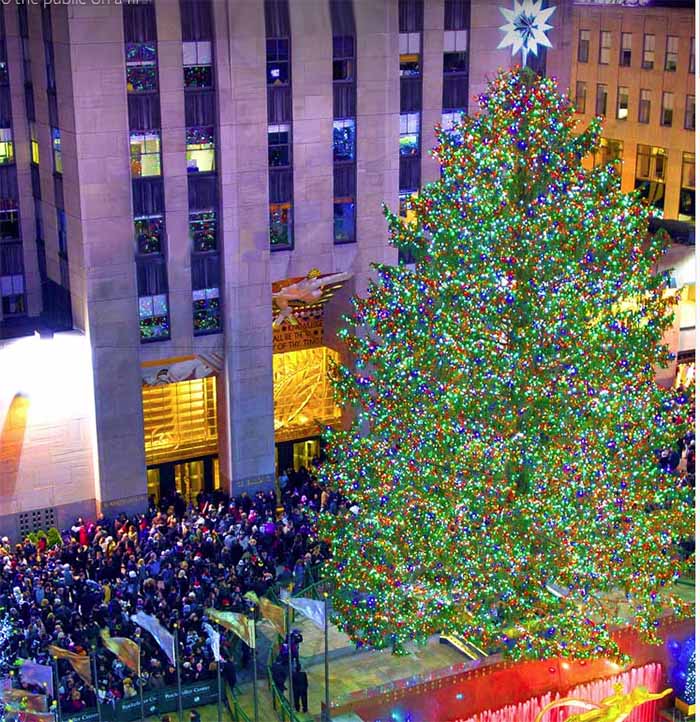
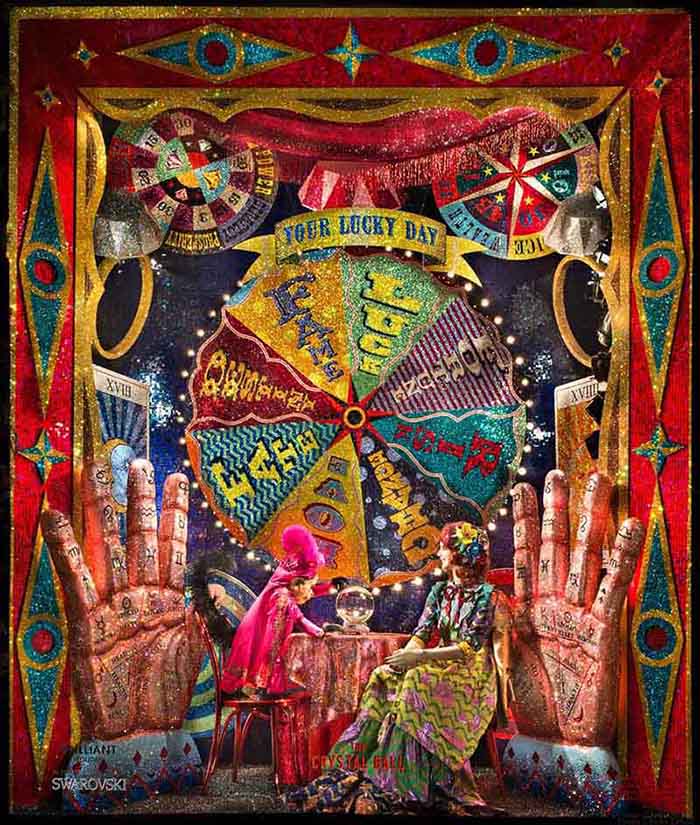
Bergdorf Goodman Unveils Its Swarovski Crystal
Holiday Window Display in New York
December 2, 1859 - March 29, 1891
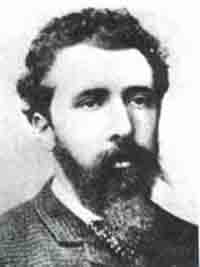
 Georges Seurat Google Videos
Georges Seurat Google Videos
Seurat is best associated with
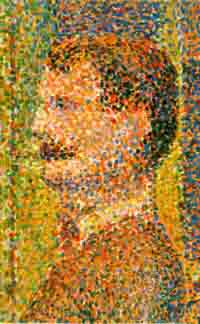
Pointillism
French painter and founder of Neoimpressionism
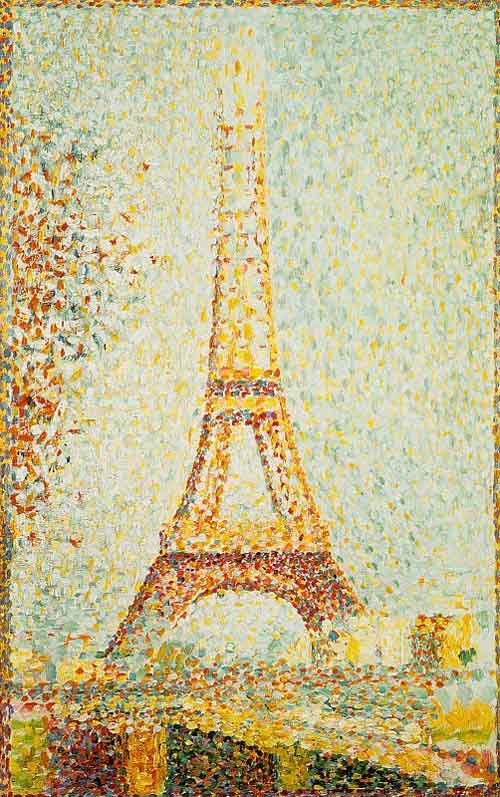
Great things are done by a series of small things brought together.

2015 United Nations Climate Change Conference
COP21 Google News

There were many reports on the effects of climate change, Earth's deteriorating conditions, the mass extinction of many species, and how we are headed into global extinction. It's all part of the cycles of time and though the fault is placed on human behavior, the human experiment was just another chapter doomed to failure. They come and go as inserts in a hologram in which our souls participate. For now we watch and wait for a final outcome as end times speak to us of a journey into the unknown ... our physical reality. It's not easy existing here, our powers stripped away, our memories lost in time and space. Paralleling climate change is the change in human consciousness having to do with evolution from the physical to the nonphysical. It's the reason you went on a spiritual journey and seek your purpose here. We visualize who we are outside of this hologram and "feel" we will soon return.
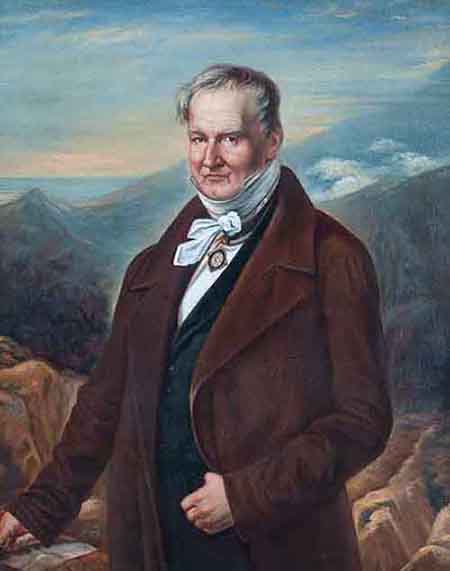
With climate change in focus this week and next, we recognize someone who predicted human-induced climate change as early as 1800 when Alexander von Humboldt, a Prussian explorer, naturalist and scientist, began to recognize a link between cutting down trees and the falling water level of Lake Valencia in Venezuela. After he recorded the environmental effects of colonial plantations there, he warned of catastrophic consequences for mankind, Andrea Wulf writes in "The Invention of Nature." Humboldt also created isotherms, those lines you see on weather maps that connect points with the same temperature. Isotherms became an easy way to spot global heating and cooling patterns that hadn't been apparent. Scientists still use them to track climate change and global warming. In 1829, Humboldt called for scientists around the world to record data on the effects of deforestation. It prompted the first large-scale study of climate and was the earliest global effort to deal with climate change, nearly 200 years before today's diplomatic efforts to stop global warming.